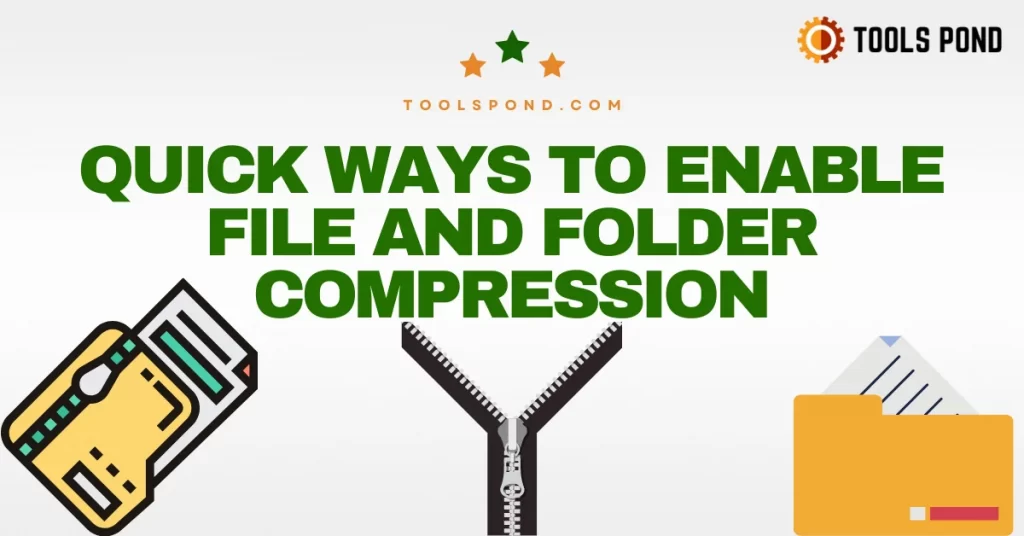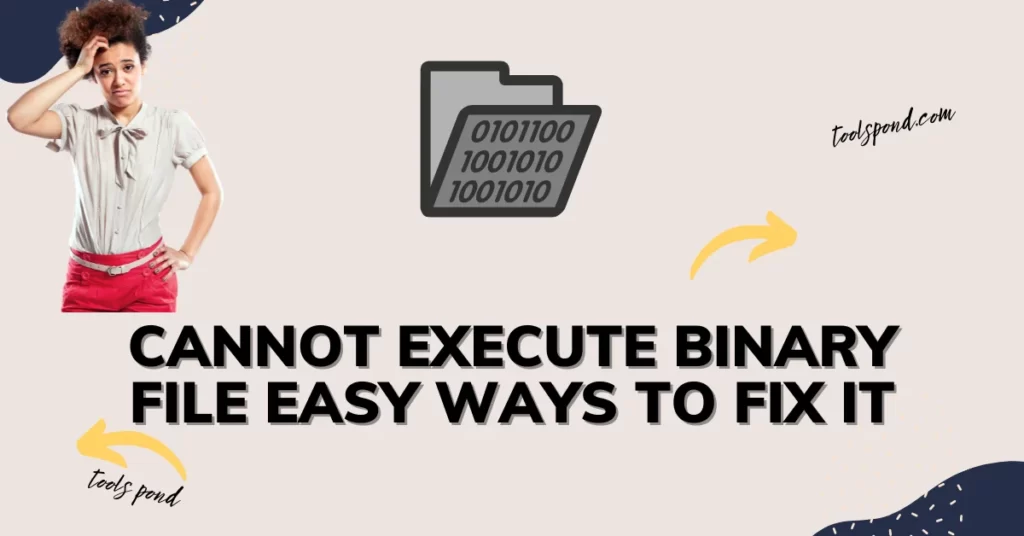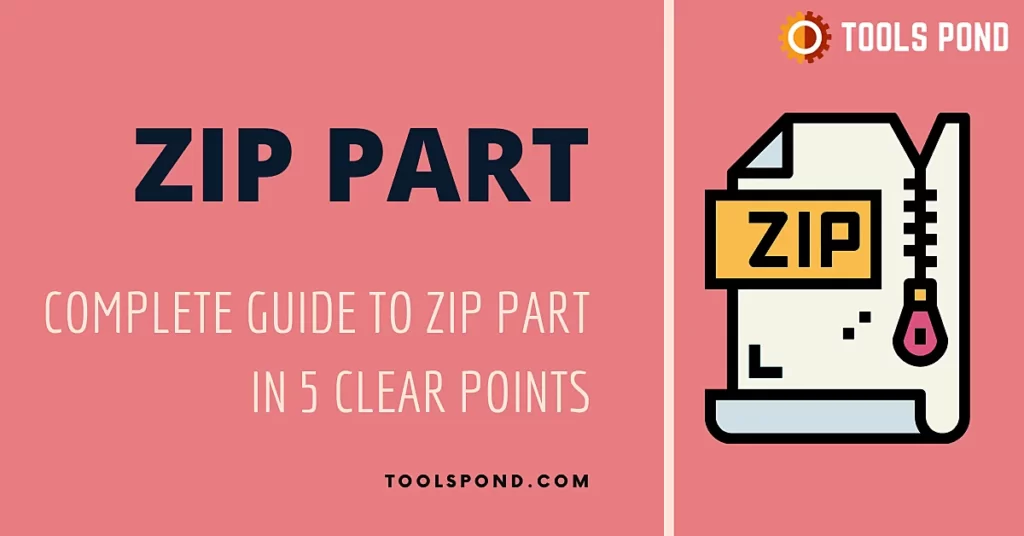After going through all the steps mentioned in this article, you will be able to decide whether or not to enable file and folder compression in 2022.
When creating a new drive, there are usually two options: ignore or enable file and folder compression to allow you to save more space.
Contents
What is Enable File and Folder Compression option?
When creating a new drive, there are usually two options: enable or ignore the file and folder compression to allow you to save more space.
The Enable File and Folder Compression option involves reducing the size of a file to make it more space-efficient. Doing so will not affect the content of the file. Allowing this option will compress all of the files and folders on the partition.
After descending into a data stream, NTFS (New Technology File System) automatically compresses all files and folders. It does so by automatically extracting the contents of the individual CUs. Each compressed CU will have random memory access.
When to enable this option?
If you are not using disk space or experiencing disk performance issues, it is not necessary to enable file and folder compression on your drive. Compressing the files and folders can help you get back a lot of disk space, but it can also make things worse if you are not using it in the following situations:
1. Need to save space
If so, it is suggested to minimize the size of the files that are rarely used.
2. Collective files via mail
You can also compress both the original and compressed files and send mail. When you apply compression to a folder, it automatically copies the new folder to the exact location as the original one leading to a ZIP File with minimal space.
3. System with Fast-Response Processors
The files need to be compressed once again after they’re used. This is also necessary if your processor is not fast enough.
If your PC has a high CPU operation, it should not use NTFS compression. It will increase the system’s overall load and take a long time to access the files.
4. Recover space on your SSD
Using compression on SSD will cause it to consume more storage space.
It is also necessary to note that compression on a Solid State Drive can often cause it to die.
Key Note to Make: Never even try to compress the following files:
- Windows system and program files.
- The index folders where games are stored.
- Already compressed files.
- Files in an uncompressed format.
NTFS File Compression
What does NTFS mean?
NTFS (New Technology File System) is a new technology file system supported by various Windows versions. It is generally used as an alternative to the prior FAT32 file logs. NTFS also supports permissions for multiple types of files and directories. It also allows the spread of files across multiple hard drives.
How is NTFS Related to Enable File and Folder Compression?
The Enable File and Folder Compression feature is comprised in the NTFS file system. It can be used to compress a partition.

When prompted to enable file and folder compression, the user should select the NTFS compression option.
The process works by first compressing the data streams into the CUs. After the streams’ contents are changed, the entire partition will be compressed individually.
NTFS Compression for Gaming on your System
If you are using the Hard Drive, enabling NTFS compression will significantly throttle up your gaming performance. However, if you are using an SSD, this will most likely not affect your performance as it will take less time to load.
2 Methods to Enable File and Folder Compression (Windows 10)
Method – 1
If you’re using Windows 10, the File Browser can compress multiple files and folders simultaneously. It does so speedily and systematically.
- Hold Windows+E together. It will take you to File Explorer where you will have to go to the file that you want to compress.
- Right-click on the desired file and open-up it’s Properties.
- Under the General tab, you will find an Advanced option.
- Click on Advanced option.
- Now, select the Compress contents to save disk space option and click OK.
- Ensure that you Apply before terminating the Properties window.



Method – 2
If you didn’t find the above method suitable, don’t worry because here’s another way to enable the file compression option.
You can also Enable the file and folder compression option by going to the Command window on your PC. Follow the below steps:
- Open up the Power user menu by pressing Windows Key + X.
- Select Command Prompt.
- Type the command to compress a file and hit enter: file name compact / c
How Can I Disable File and Folder Compression?
To perform the opposite action, unclick the file compression option that’s already enabled.
- Windows+E together. It will take you to File Explorer where you will have to go to the file that you want to compress.
- Right-click on the desired file and open-up it’s Properties.
- Under the General tab, you will find an Advanced option.
- Click on Advanced option.
- Simply uncheck the Compress contents to save disk space option and click OK.
- Ensure that you Apply before terminating the Properties window.
Pros and Cons of Enable File & Folder Compression option?
Undoubtedly, this enabling option is helpful. When prompted to reduce disk space, it’s possible to enable file and folder compression. Some issues may occur when doing so:
- When moving a compressed file, it will be decompressed and then moved again. It will also be expanded before it’s transferred over the internet. Doing so could make things slow down.
- The option to compress the existing files failed when you tried to do so. In most cases, this will make the existing files large.
- Compressing your files on your PC habitually can lead to poor drive functioning.
- The advantages of compression are significant and at the same time, it can reduce the file size without losing the quality. However, with high compression, the quality of the image is degraded.
- Your computer could be infected with viruses and other harmful programs if its anti-virus program is not able to scan the compressed file.
FAQs Related to Enable File and Folder Compression
Should I compress C-Drive?
No. It would help if you avoided compressing your C drive, as doing so can slow down your PC’s performance.
Should I enable file and folder compression or not?
It depends on your need to save more space. Always your choice based on your requirements.
Does compressing files and folders improve overall system performance?
If your computer has a slow hard drive and a fast CPU, disk compression can improve the performance of your machine.
Can exFAT files be compressed as well?
Unlike other systems, exFAT doesn’t have filesystem-level encryption. This means it has a higher likelihood of data loss than different types of encryption.
Should I enable file and folder compression when formatting?
Windows File and Folder compression will automatically compress the entire partition.
If you are not using disk space or experiencing disk performance issues, you do not need to enable file and folder compression immediately.
Conclusion
Winding up this article quickly by stating that I have answered how to enable file and folder compression on your PCs if there’s any space requirement. Hopefully, you find this article helpful. If you have any queries, you may reach out to us via the comment section. We’d be happy to help you out!










Very Helpful!
Thank you..
I am glad you liked it. Keep visiting 🙂